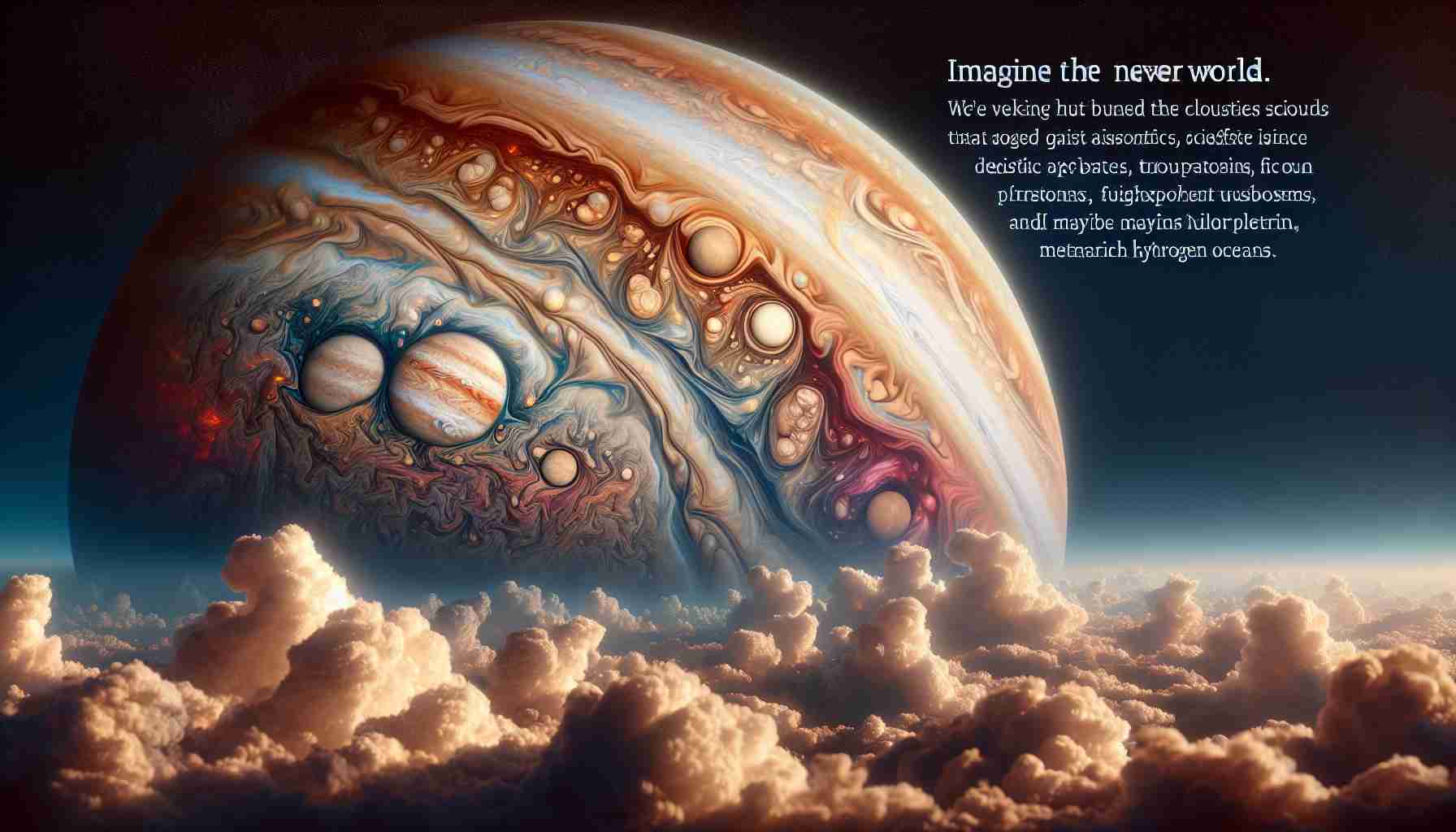Have you ever wondered what it would be like to stand on Jupiter? The answer might surprise you because this enormous planet is not what you think. Unlike Earth, which has solid ground, Jupiter is a gas giant that lacks a solid surface entirely. As the largest planet in our solar system, with a mass greater than all the other planets combined, its composition is strikingly different from the rocky planets we’re familiar with.
So, how does a gas giant hold itself together? If you descended through Jupiter’s swirling atmosphere, you would encounter increasing pressure and temperature as you went deeper. At about 1,000 miles down, the gas transforms into a strange state called liquid hydrogen, resembling a vast ocean but without a hint of water.
The core, enigmatic and intense, has scientists fascinated. Unlike the rocky cores of Earth and Mars, Jupiter’s core may consist of a hot, dense mix of liquid and solid materials, all under crushing pressure equivalent to 100 million Earth atmospheres.
But here’s the catch: Jupiter’s harsh environment makes it impossible for life as we know it to thrive. Yet, it plays a crucial role in the solar system by acting as a shield for terrestrial planets, protecting them from space debris that could be catastrophic.
A fascinating world shrouded in clouds provides not only questions but also vital benefits to Earth and beyond.
What Lies Beneath Jupiter’s Mysterious Clouds?
As scientists strive to unveil the secrets of Jupiter, our giant neighbor in the solar system, the quest to understand its atmosphere, core, and overall structure continues to captivate planetary researchers. Jupiter’s clouds are not merely a spectacle; they hide an intricate world beneath that raises fundamental questions about the nature of gas giants and their formation.
What are the chemical compositions of Jupiter’s atmosphere?
While water vapor is a significant component, the atmosphere also consists of ammonia, methane, hydrogen sulfide, and various hydrocarbons. The presence and interactions of these chemicals create the planet’s iconic striped appearance and intense storms, such as the Great Red Spot, which is a storm larger than Earth.
How do we know about the conditions deep within Jupiter?
Most of our knowledge about Jupiter’s interior has come from indirect observations through telescopes and spacecraft missions, such as NASA’s Juno, which was launched in 2011. Juno’s groundbreaking measurements have provided insights into the gravitational and magnetic fields of the planet, suggesting that there may be a core that is not just solid but may also consist of a mix of heavy elements surrounded by a thick layer of metallic hydrogen.
What are the key challenges in studying Jupiter?
One of the primary challenges is the immense pressure and temperature found within the planet. As one moves deeper, conditions become extreme, presenting difficulties for any potential future probes. The complexity of its dynamic atmosphere, which is constantly changing, also makes long-term observational studies challenging.
Controversies and debates
A significant debate among scientists revolves around the size and state of Jupiter’s core. Some theories propose that Jupiter possesses a distinct core, while others argue it has a “fuzzy” core that blends into the surrounding layers of metallic hydrogen. This controversy has implications for our understanding of planet formation and the characteristics of gas giants in general.
Advantages of studying Jupiter
Understanding Jupiter is crucial for several reasons. It provides key insights into the history of our solar system, as well as the formation processes of planets. Moreover, studying its dynamic weather patterns and magnetic field can enhance our understanding of planetary atmospheres and magnetic environments, which could have implications for exoplanet research.
Disadvantages
However, the resources required for such missions can be daunting. Space missions often require significant funding and long durations to gather meaningful data. There is also the risk of equipment failure or data loss during long journeys through harsh conditions, which can jeopardize the scientific findings.
Overall Significance of Jupiter’s Mysteries
Unraveling the mysteries of what lies beneath Jupiter’s cloud cover not only expands our understanding of gas giants but also enriches our knowledge about planetary systems beyond our own. As we continue this exploration, we can draw parallels and recognize differences which can inform future astronomical endeavors.
For more information about NASA’s missions and the study of gas giants, visit NASA.













